The Mirror
EditorialAboutA+a Study CentreA+a ArchiveShopClose Menu

Spring was in full bloom when I arrived at the foothills of Mount Major, breaking away from the Midland Highway. Newborn lambs, bleating over a chorus of insects, bustled from the surrounding fields. Since 1847 the college has been the site of a working farm, which now houses a museum at its heart that documents relics, photographs and registers of the site’s historical, social and scientific significance.1 The presence and celebration of the changing role of women in Australia during the first and second world wars can be seen peppered throughout the archives. Scanning black and white photos of a class held at the farm c.1920s of women in weighted skirts and muddied high heels altered my perception of farm practicalities and work experiences instantly. The interpretive potential of feminist readings of farm life and the prevalence of intensive labour when farming at a time without mechanical intervention—the hours, the sweat, the human and animal power spent—echoed the poetic stoicism across the weathered faces of these photographed women. Amongst the careful placement of cabinets, a parthenocissus tricuspidate (Boston ivy) vine had forced itself from outside in through the building’s foundations, climbing and thriving alongside framed college memorabilia. This meeting of culture and nature was a catchment that remained with me as I began to research the school’s bovine husbandry practices and the by-products of cattle.
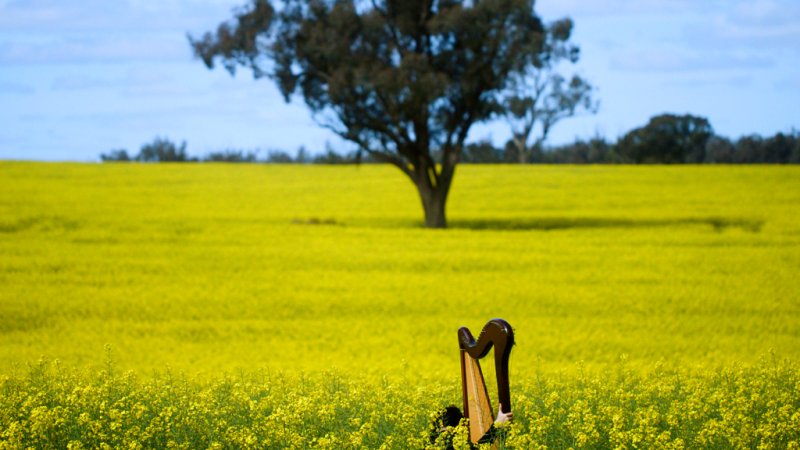
Spending afternoons in the robotic milking shed, patiently waiting and sitting with the very pregnant cows, hoping to witness a birth, watching their swollen bodies and shallow breaths in the bright light and heat, made me reflect on the geographical distribution of animals—cattle were brought to Australia by English settlers during the eighteenth century2—and of their role as working migrants and mothers in this foreign climate and landscape. I later discovered that significant studies into the fields of cattle genetics for the future of climate change adaptation and heat stress resilience is a leading research area of dairying at Dookie for this reason.3 As the cows walked themselves through the sheds and milking took place via machine, the rhythm of their labour moving to and from the fields made the extraction purely transactional. Due to this, viewing cattle as currency was never far from mind and the continuation of such transactions through the production of artworks was not lost on me. Cows as commodities, I discovered, are closer to the arts than one might assume—for example, the first arts grant in Australia was paid in livestock, when nineteenth century poet Michael Massey Robinson was granted two cows from the government for his services as poet laureate.4 Yet, as I watched the herd gather around an external water source, calming and licking their newborns and each other clean, the cold cut, black and white commodification of animals felt like an incongruous cognitive distortion that is as callous as it appears strange to me.
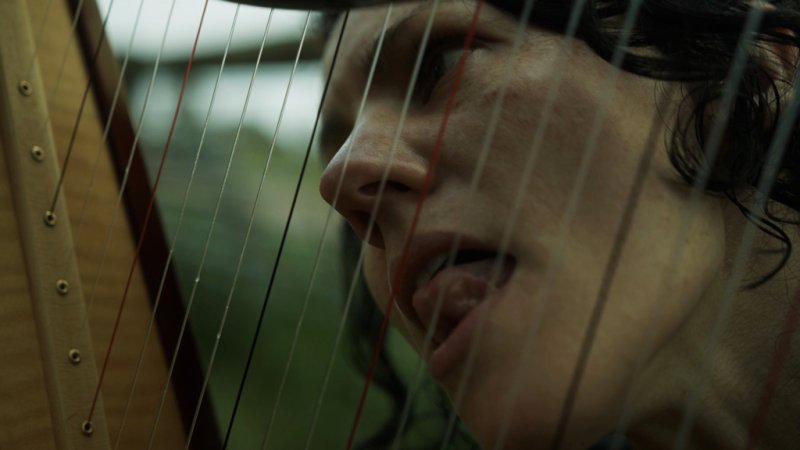
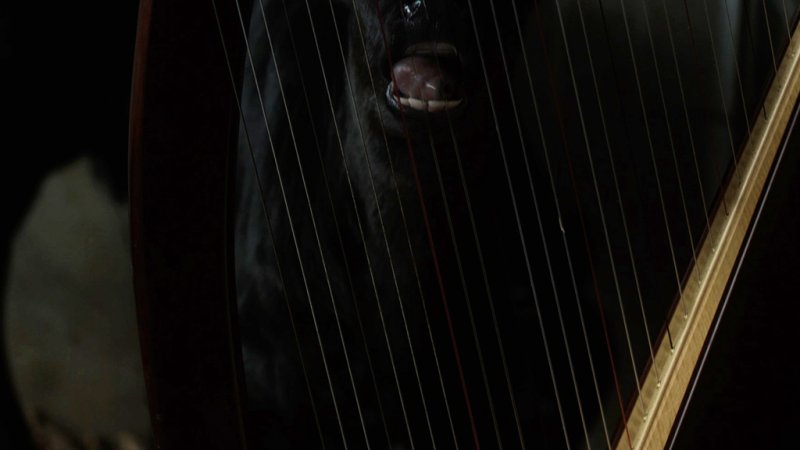
The delicate challenge of continuing to create amidst precarious global environmental crises underscored my engagement with the community and how I chose to make. My attempts at a cross-species cultural exchange through endurance performance brings the sheer absurdity of such an endeavour into focus. The residue of these moments is temporally suspended on film where I search with frantic energy through fields, becoming lost, mud-covered, attempting to move forward and find a way through. As I demonstrate to several calves how to play the harp with their tongues—a self-soothing activity—a quote from the German auteur Werner Herzog circulates my memory. On considering the value of film, he states that ‘it doesn’t cause revolutions but can change our perspective on things… but there is a lot of absurdity as well. It makes me into a clown… and that happens to everyone.'5 He then proceeds to dine on his leather footwear as a result of losing a bet to a fellow filmmaker, all in the spirit of finding the courage to continue to create. Similarly, the cartography of the conversations that this residency continues to foster has bridged the realms of imagination with the tangible surroundings of the campus to establish a stage where the sites themselves became both backdrop and essence of the subsequent art encounters.

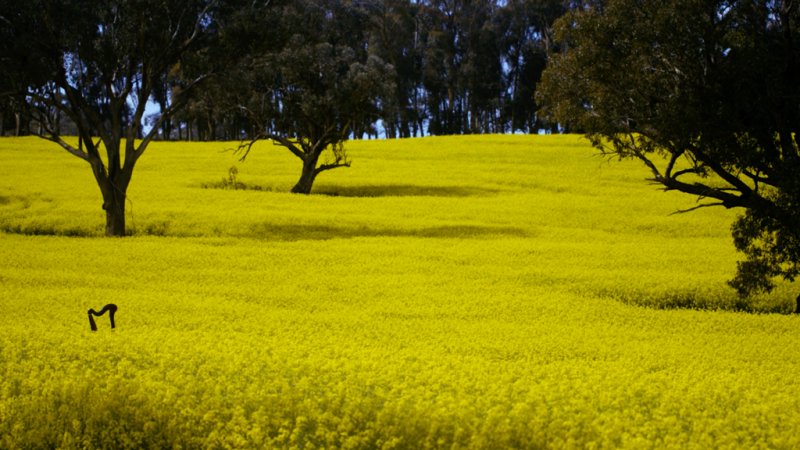
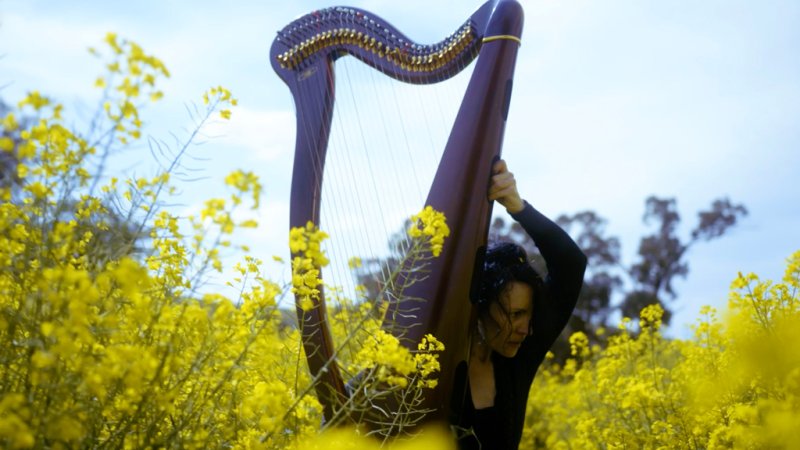
To engage in a residency is to engage in a community. At first you are a visitor, with receptors wide open, ready to embrace any serendipitous offerings that may present themselves. Once the initial wave of stimuli has settled you become a documenter, taking note of minutiae, spelunking, finding metaphors and meaning through new-found connections between people, beings and place. However, one must tread lightly and with reverence. To be invited in is not an invitation to glean or to mine resources, cultural content and the labour of others. No. Rather, the invitation is to engage with genuine interest and a desire to form new ideas generously with the intention to appreciate the exploration together. Navigating the choppy seas of taking too much time from others in the quest to understand the findings that the nets thrown have touched upon is part of the exchange. The fundamental condensation that these conversational waters catch is not to be perversely ‘give-and-take’ appropriated into art-making material, but rather formed into the foundation of something other which carries the essence of the experience holistically. Without knowing the effects of my time at the Dookie campus in their entirety, such principles were paramount to my engagement with the campus.
1. Roger Aldridge, Dookie College: The first 100 years, Victorian College of Agriculture and Horticulture, 1986, p. ix.
2. Alan W. Bell and others, ‘The Australasian beef industries—Challenges and opportunities in the 21st century,’ Animal Frontiers, Volume 1, Issue 2, October 2011, Pages 10–19, https://doi.org/10.2527/af.2011-0015.
3. Dr Surinder Chauhan, Professor Frank Dunshea, and Professor Brian Leury, University of Melbourne and Dr Richard Osei-Amponsah, University of Ghana, ‘Helping Dairy Cows to Beat the Heat’, Pursuit, May 2020, https://pursuit.unimelb.edu.au/articles/helping-dairy-cows-to-beat-the-heat.
4. Amanda Smith, From cows to cash: Australia’s long history of arts funding, ABC, 30 June 2016, https://www.abc.net.au/radionational/programs/rearvision/the-history-of-arts-funding-in-australia/7550288.
5. Les Blank and Werner Herzog (Dirs.), Werner Herzog Eats His Shoe, 1980, Documentary Short, 22mins, Flower Films.
Author/s: Jen Valender
Jen Valender Web: https://jenvalender.com/
Jen Valender. “Casting Of Nets .” Art and Australia.com https://artandaustralia.com/A__A/p163/casting-of-nets-
Art + Australia Editor-in-Chief: Su Baker Contact: info@artandaustralia.com Receive news from Art + Australia Art + Australia was established in 1963 by Sam Ure-Smith and in 2015 was donated to the Victorian College of the Arts at the University of Melbourne by then publisher and editor Eleonora Triguboff as a gift of the ARTAND Foundation. Art + Australia acknowledges the generous support of the Dr Harold Schenberg Bequest and the Centre of Visual Art, University of Melbourne. @Copyright 2022 Victorian College of the Arts The views expressed in Art + Australia are those of the contributing authors and not necessarily those of the editors or publisher. Art + Australia respects your privacy. Read our Privacy Statement. Art + Australia acknowledges that we live and work on the unceded lands of the people of the Kulin nations who have been and remain traditional owners of this land for tens of thousands of years, and acknowledge and pay our respects to their Elders past, present, and emerging. Art + Australia ISSN 1837-2422
Publisher: Victorian College of the Arts
University of Melbourne
Editor at Large: Edward Colless
Managing Editor: Jeremy Eaton
Art + Australia Study Centre Editor: Suzie Fraser
Digital Archive Researcher: Chloe Ho
Business adviser: Debra Allanson
Design Editors: Karen Ann Donnachie and Andy Simionato (Design adviser. John Warwicker)
University of Melbourne ALL RIGHTS RESERVED
